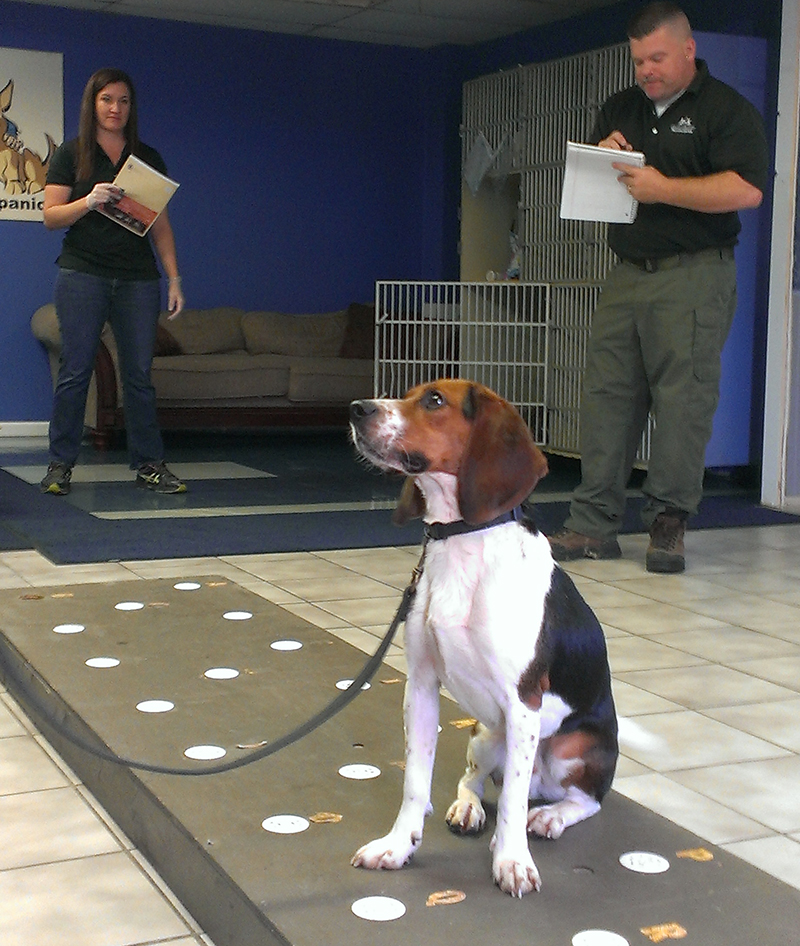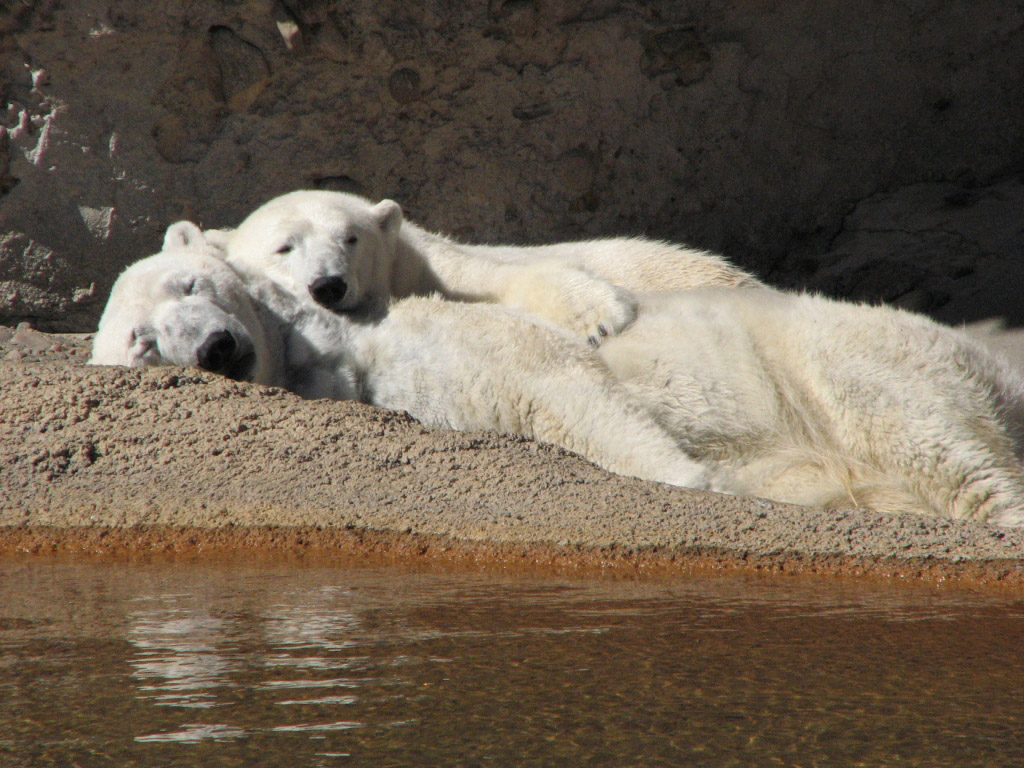Beagle Sniffs Out Polar Bear Pregnancies

When other pregnancy tests fall short, a poop-sniffing beagle named Elvis could reveal whether or not a polar bear has one on the way.
At least that's what keepers at the Denver Zoo are hoping. The zoo's 11-year-old female Cranbeary may be expecting, but progesterone monitoring, ultrasound examination and other traditional methods cannot effectively detect pregnancy in polar bears. Keepers think Cranbeary's feces, however, could hold faint clues imperceptible to humans.
A sample of Cranbeary's poop has been sent to the Cincinnati Zoo, where researchers are working with a professional dog trainer to see if the canine nose is sensitive enough to detect polar bear pregnancies. [Endangered Beauties: Images of Polar Bears]
"We can't wait to hear Elvis's conclusions," the Denver Zoo's vice president for animal care, Brian Aucone, said in a statement. "Cranbeary has not had any cubs before and to be able to know with accuracy if she has conceived is very valuable to us as it helps us prepare."
The two-year-old sniffer dog, who started training in January, has an impressive track record so far. Elvis has demonstrated 97 percent accuracy in positive identification of samples from pregnant bears, zoo researchers said.

This fall, the beagle is lending his nose to several other possibly pregnant bears besides Cranbeary. In the next two weeks, Elvis will be making predictions based on fecal samples from 17 polar bears that mated this past spring at zoos across the United States and Canada.
Knowing whether or not a captive polar bear is pregnant would help keepers adjust their care plan for the animals. When a female is expecting in the wild, the bear hardly eats and retreats to be undisturbed in a den. To mimic these natural conditions, keepers could make sure the bears are isolated and undisturbed, while the other bears stay on display and socialize with their counterparts.
Sign up for the Live Science daily newsletter now
Get the world’s most fascinating discoveries delivered straight to your inbox.
Researchers at the Cincinnati Zoo will share Elvis's predictions with other zoos in the next couple of weeks — hopefully giving some keepers enough time to prepare for polar bear baby season, typically between Nov. 13 and Dec. 15.
And if researchers can find out what exactly is triggering Elvis's response, they could develop a new pregnancy test for polar bears.
"Figuring out which component of the samples Elvis recognizes in the pregnant bears may allow us to work backwards and finally identify the polar bear pregnancy factor, once and for all," Erin Curry, a postdoctoral fellow studying polar bear reproduction at the Cincinnati Zoo, said in a statement.
Follow Megan Gannon on Twitter and Google+. Follow us @livescience, Facebook & Google+. Original article on Live Science.










